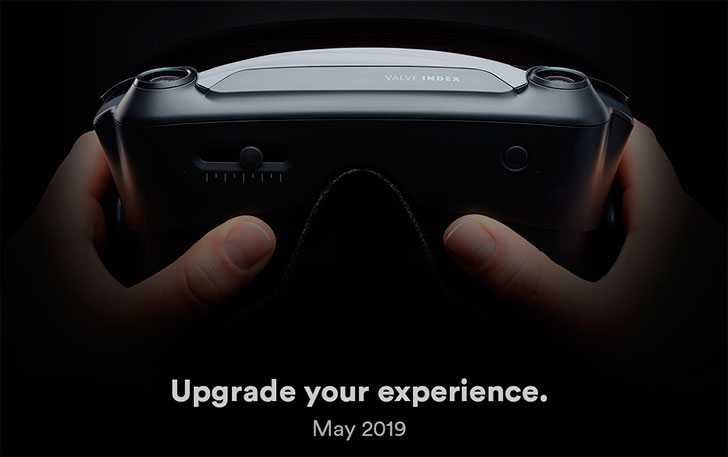Hay en reddit http://www.reddit.com/r/oculus/comments/255rrq/why_virtual_reality_isnt_the_next_big_platform/ un resumen de los puntos claves de la presentacion de Abrash:
Presence is a game changer: With presence, we aren't dealing with suspension of disbelief... we're dealing with suspension of belief. He originally thought that AR had a much greater impact and VR was just a point along the road. Later realized that VR was better to focus on. Valve Demo Room changed his mind. (Believes you can build an equivalent consumer experience in 2 years.)
Abstract information vs experience: VR is a phase change in the way we interact with technology. Instead of piggybacking abstract information on our human input channels, we start to match the kind of input that our perceptual systems are designed to receive (and fully engage their capabilities). VR which produces presence which DOES engage those capabilities. It activates systems in the brain that artificial input has never triggered before. Presence = you have an experience. Explaining a presence is not the same as experiencing it.
There will be positive and negative effects: Most will be unexpected. Will predict that it will be the most social medium ever. Why? We're very tuned at subconscious level to body cues.
Areas to investigate: Input, interaction, haptics (huge unsolved area), audio. Haptics create a feedback loop which is at the core of presence. Correspondence of touch and vision is important. Spatialized audio is important.
Less obvious areas to investigate: They need to determine which area matter (and then investigate those). Neurobiology, fingertip sensation, scent generation, many other related areas.
Graphics R&D: VR is at the point where graphics was in the 1970s. Lots of low hanging fruit. Very large headroom for research and development. "VR will kick 3D graphics into hyperdrive." 90FPS stereo-vision rendering, 100 degree FOV, 10K x 10K resolution, HDR rendering, higher rendering quality.
Effect on display technology: 2 to 3 orders of magnitude more GPU performance, high speed transmission links (eventually wireless), 100 megapixel displays with high DPI and HDR, clear optics across a large FOV. On software, rethinking art/animation, rendering engines, content creation tools. "Everything will have to be revamped/reinvented."
Other R&D areas: Similar levels needed in other areas: locomotion, interface design, presentation, motion sickness, ergonomics, ambient awareness, social interaction, VR experiences themselves. Also AR will come in somewhere down the line as well.
What is different this time [versus VR of the past]? His answer was the technology. Critical mass of technological elements. Cell phone displays, optics, more powerful GPUs, low cost gyroscopes/accelerometers, cameras, lower latency, teraflop CPUs.
Research potential: Starting up R&D facility near Seattle with diverse team. Looking ahead 5-10 years at technologies. "There is no next platform." "The last platform."
La conferencia la dio en la universidad Carnegie Mellon que esta especializada en temas tecnologicos como robotica y ciencias informaticas; por eso la conferencia esta muy orientada al futuro de la RV y todo lo que queda por investigar para abrir nuevos campos de investigacion a estos alumnos, les explica que esta vez si que va a triunfar la RV y que hace falta investigar en muchos campos diferentes para llegar a donde ellos quieren.
Oculus por su parte dice que ha abierto su propio centro de investigacion en Seattle con un equipo multidisciplinar y que miran a 5-10 años vista en el desarrollo.







